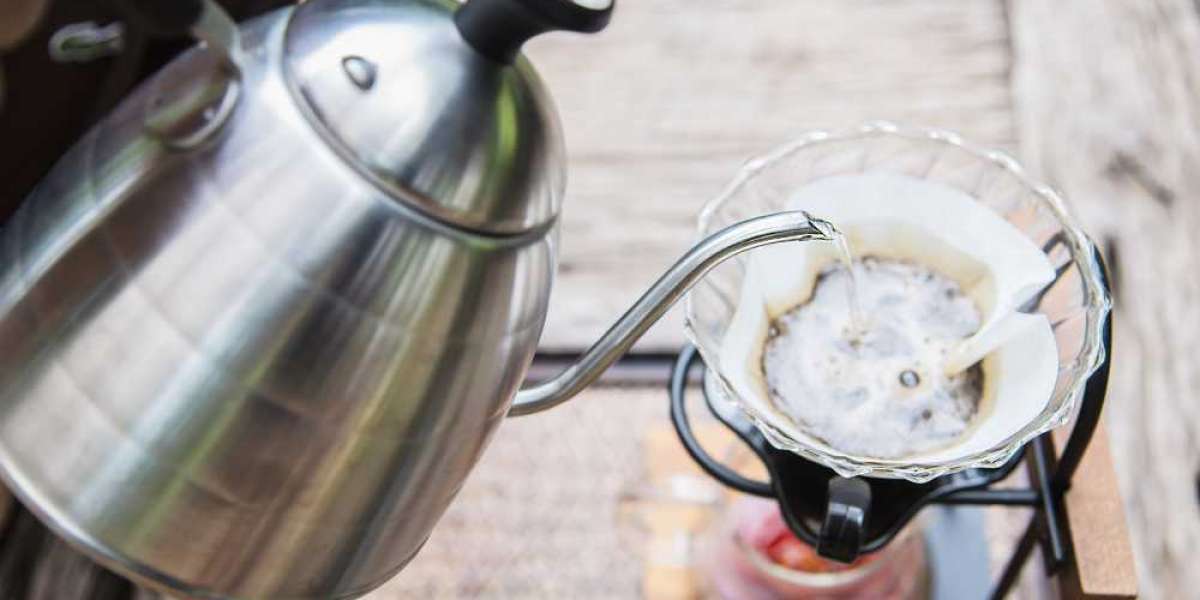Ludwig Rosemus, and his experiments at the beginning of the last century. We will not go into history, but move directly to the present. So, today we will tell you what methods are used to get rid of caffeine in coffee, which of them is dangerous, and which, on the contrary, has every chance of saving coffee and at the same time humanity from insomnia.
So how do they make decaffeinated coffee?
The Swiss approach
The Swiss Water Process is also known as the water method. It is not surprising that this method turned out to be the most environmentally friendly, and as a result, expensive and complex.
Green coffee beans are poured with hot water, and after cooling, the water is drained through a carbon filter. It retains the caffeine, and all the coffee aromatic oils remain in the water. This water is heated and the beans are poured with it again. The procedure is repeated up to 6 times, after which the caffeine content in the coffee is reduced to a tenth of a percent, and the amount of aromatic oils remains virtually unchanged.
As you may have guessed, the result is the most health-friendly decaf, preserving all the flavor and aroma qualities of coffee beans. Decaf coffee Columbia Decaf , which you can buy in our store, is made in this way.
Direct method
The most common method, although it involves more than just water. After a half-hour steam treatment of the beans, they are soaked for several hours in a regular solvent: ecitelate or methylene chloride, which removes caffeine from the beans. Then they are soaked in water to remove any chemical residue.
There are two major downsides to this approach: first, chemical solvents destroy not only the caffeine, but also a significant part of what we all drink coffee for the aroma and taste. Second, there is always the possibility that some of the solvent remains in the beans. However, this is the type of decaf you are most likely to find on the shelves of chain supermarkets.
CO2 extraction
Despite the scary name, carbon dioxide extraction is close to the water, Swiss method. First, the beans are doused with hot steam and placed in a container, where high-temperature CO2 is supplied under high pressure. The beans remain under the influence of the gas for several hours, and the caffeine released by the gas settles on the filters. After this, the supply is stopped and the gas is pumped out.
Cleaned from gas and caffeine, the beans retain all their rich taste and aroma. As with the water cleaning method, in this case the coffee is absolutely harmless to health.
Benefits of Decaffeinated Coffee
The vast majority of conversations about the dangers of decaffeinated coffee usually refer to coffee purified chemically. However, it is difficult to argue with only one thing - decaffeinated coffee invigorates only with its aroma. However, this is also an advantage, because such a drink can be safely drunk before bed. Decaf is also harmless for those suffering from diabetes, and reduces the risk of getting this terrible disease.
And decaffeinated coffee does not affect blood pressure, accelerates the removal of toxins from the body and protects the liver from cirrhosis. Isn't it a miracle?
Harm of Decaffeinated Coffee
Stop! Stop! Take this bucket off the stove, read to the end! The absence of caffeine does not mean that now you will be able to drink your favorite drink in liters and non-stop all day long. Remember about other active substances, an overdose of which will not lead to anything good. Therefore, observe the measure, choose a safe method of purification and be healthy!




